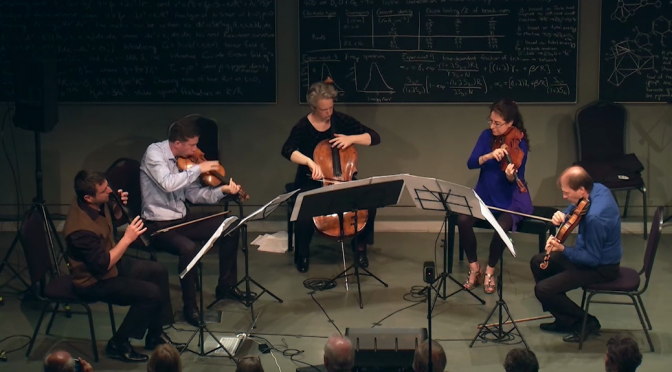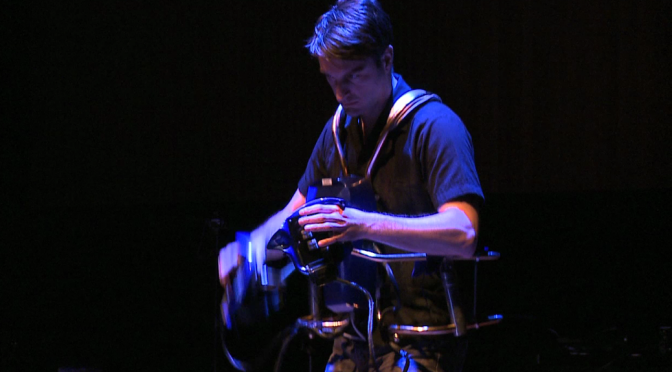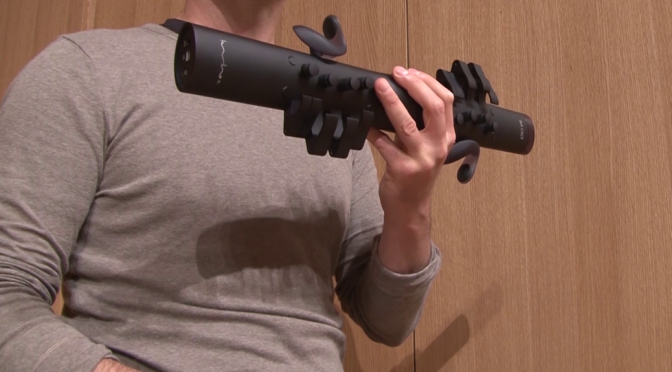“Working song and the last dead leftover” (for amplified string quartet and karlax digital musical instrument) combines the classical string quartet ensemble with electroacoustic sound, which is played (produced and modulated) by a new type of 21st-century electronic musical instrument, known as the karlax.
This new composition was composed for the Penderecki String Quartet, who premiered the new work on 2 June, 2016, at the Perimeter Institute (Waterloo, Ontario). This first performance was part of an engaging concert theme that explored the integration of the string quartet, which is by far one of the most significant instrument combinations of classical music, and innovative music technologies of the twentieth and twenty-first centuries. As a result, at the heart of this concert theme was a meeting between the arts and sciences – old and new – presented at a leading institute for theoretical physics.
In “Working song”, one of my creative goals was to “fracture the acousmatic” (Adrian Moore, 2008). That is to say, my composition supplants the traditions of studio-produced electronic music by the live control of sound synthesised in real time. Unlike the studio tradition, in which sound is “fixed” for future replication in a concert, musical sound is entirely generated anew with each performance of Working song. At the same time, in my composition, I adapt acousmatic techniques and tools, which “allow the creation of sounds that transcend the physical constraints of instrumental and vocal musical practice” (John Young, 2015), to a new form of embodied (gesture-dependent) electronic musical performance.
Two aspects comprise the title of this composition: “working song” and “last dead leftover”. In the case of “working song”, this facet can be understood as both implementing/exploiting features of musical song and music for singing while working (e.g., work chant). The two primary materials (above) are brought together in an effort to showcase a perpetual melody and at the same time, evoke the sonic environment of repetitive, mechanical labour (come un meccanismo di precisione [György Ligeti, 1968]). With respect to the “last dead leftover”, I take a philosophical viewpoint regarding the present-day global population movements. Through my art, I wish to highlight the importance of recognising the humanity of migrants who are labouring to escape civil unrest. Furthermore, in popular media culture (e.g., The Last of Us, The Leftovers), I detect trends that appear to interrogate this humanity – nurturing fears of annihilation (political, economic, social, etc.). Working song was composed in an effort to challenge these fears – calling forth melody from incessant noise, as a metaphor for the inherent humanity of a people, no matter their origins.
For more information and implementations of the karlax, please see:
Karlax developer and manufacturer (and links to the karlax community)
dafact.com



